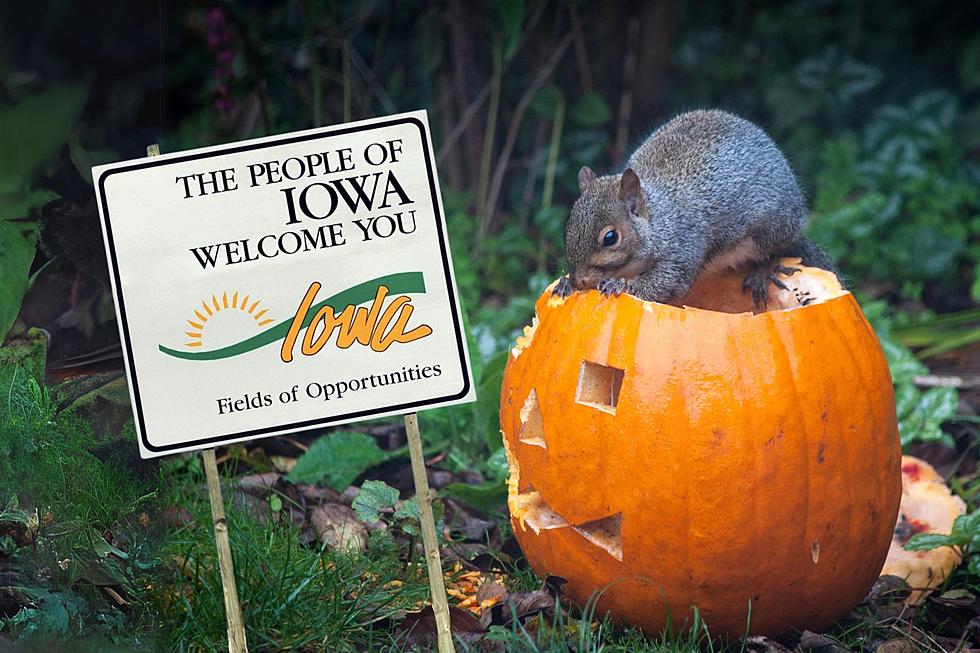![You Can See Wild Elk & Bison at an Iowa Wildlife Refuge [PHOTOS]](http://townsquare.media/site/675/files/2022/02/attachment-bison.jpg?w=980&q=75)
You Can See Wild Elk & Bison at an Iowa Wildlife Refuge [PHOTOS]
It's not everyday that you see bison wandering through Iowa... unless you live over near Prairie City!
Thanks to a new article from the website Only in Your State, we just discovered that the state of Iowa is home to an incredible nature preserve called the Neal Smith National Wildlife Refuge. Established in 1900, the official website says that "the mission of the Refuge is to actively protect, restore, reconstruct and manage the diverse native ecosystems of tallgrass prairie, oak savanna, and sedge meadow. These were the native habitats existing on the Refuge’s more than 6000 acres prior to Euro-American settlement."
The refuge, which is about an hour and 40 minute drive from Cedar Rapids, is home to a variety of animals, but it's the bison and elk that really seem to draw people in. The site says there is a conservation herd of around 50-70 bison that wander free throughout the 800-acre prairie, and they are very carefully managed and monitored to not only ensure the health of the herd, but to maintain "genetic diversity."
The number of elk at the refuge is much smaller in order to protect the land from overgrazing. There are only around 15-20 elk roaming the area. The website mentions that "elk once outnumbered bison in Iowa, but were hunted so heavily that they disappeared from the state by 1870," which is why you don't see them in any other parts of Iowa.
Neal Smith National Wildlife Refuge is open year-round for a variety of activities, including a five-mile auto tour, environmental education programs and workshops, hiking, birding, and more. You can plan your visit with more details on the website HERE.
LOOK: 30 fascinating facts about sleep in the animal kingdom
LOOK: Stunning animal photos from around the world
More From 94.1 KRNA



![Iowa is Home to 2024’s Best Wildlife Refuge in America [PHOTOS]](http://townsquare.media/site/675/files/2024/03/attachment-bison.jpg?w=980&q=75)





